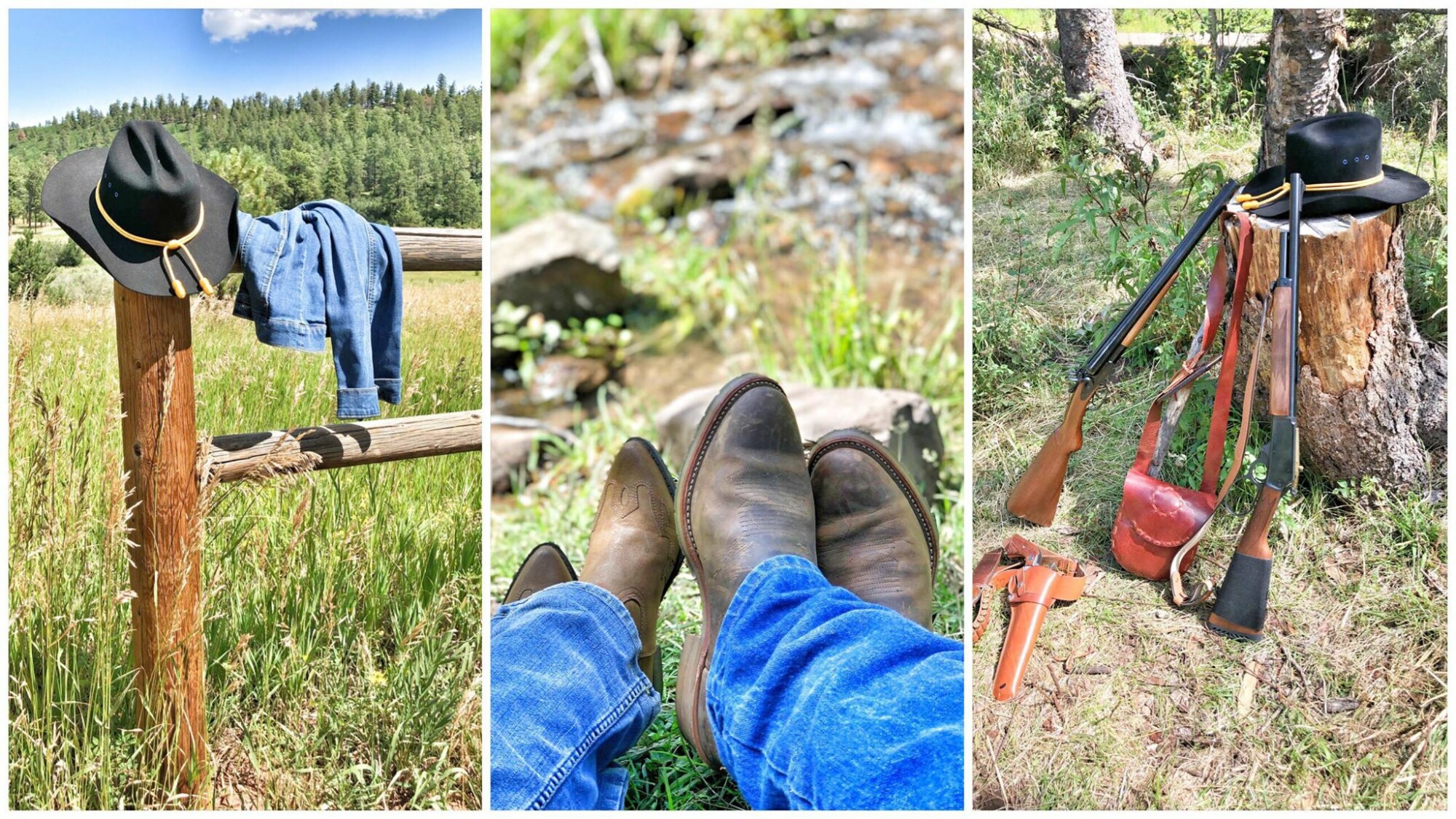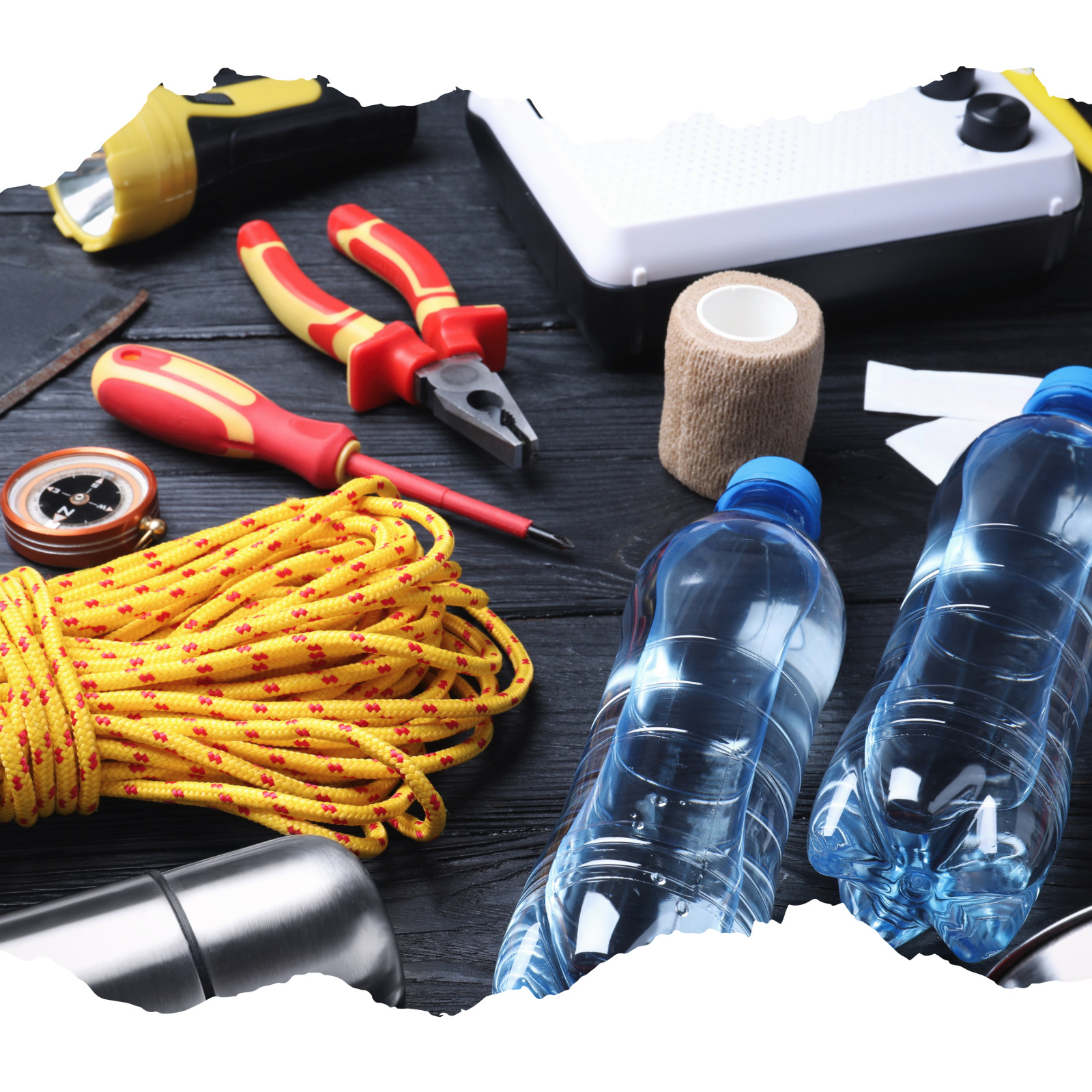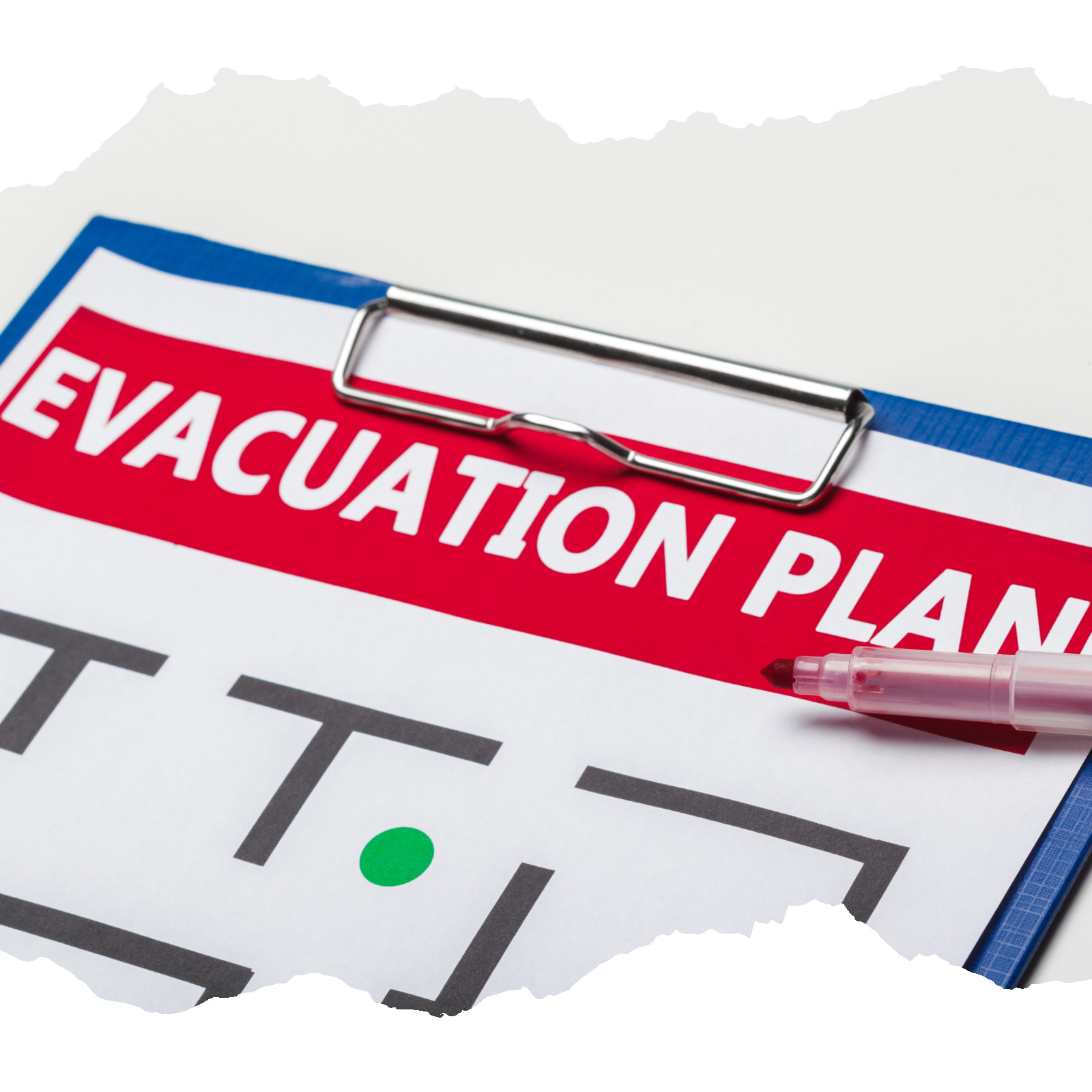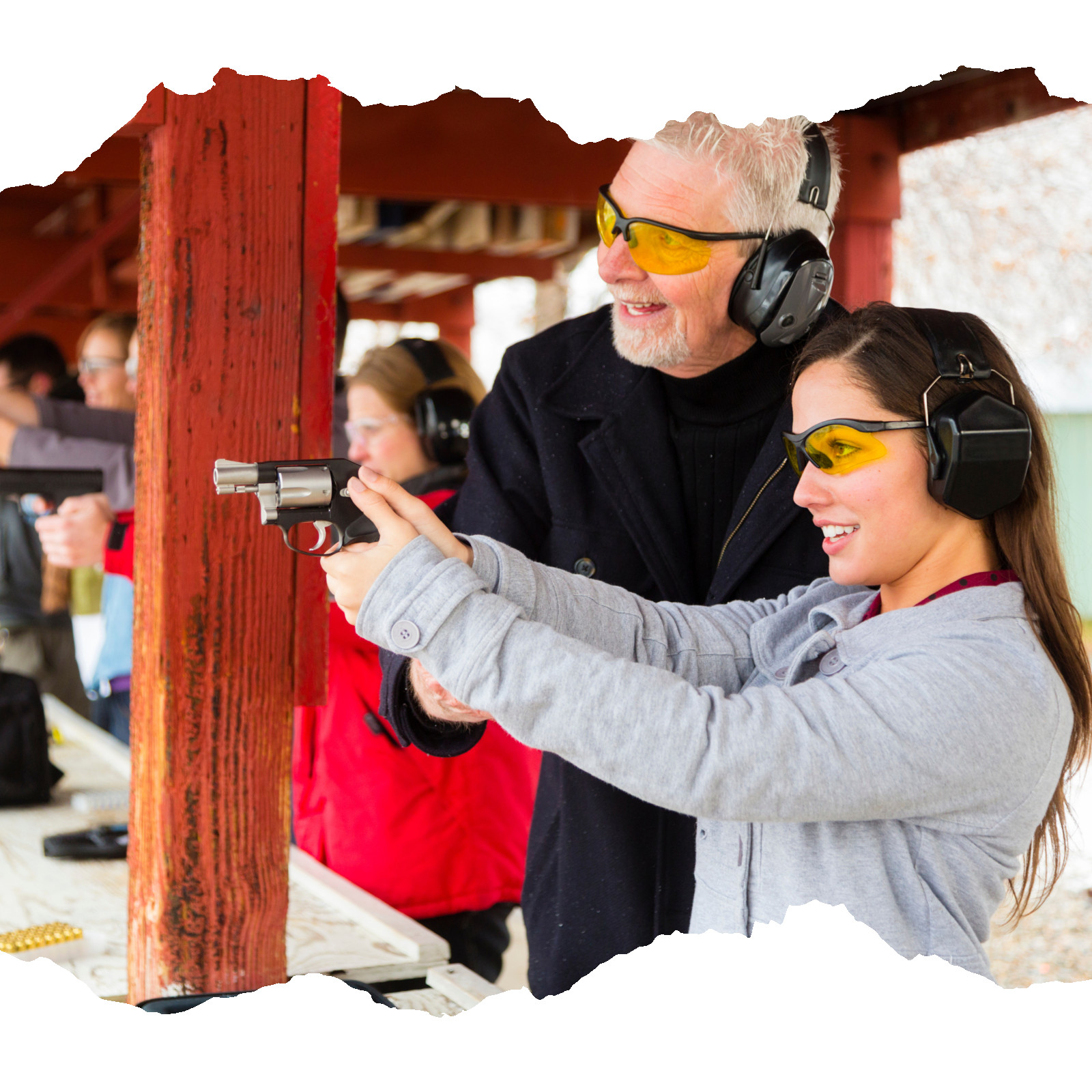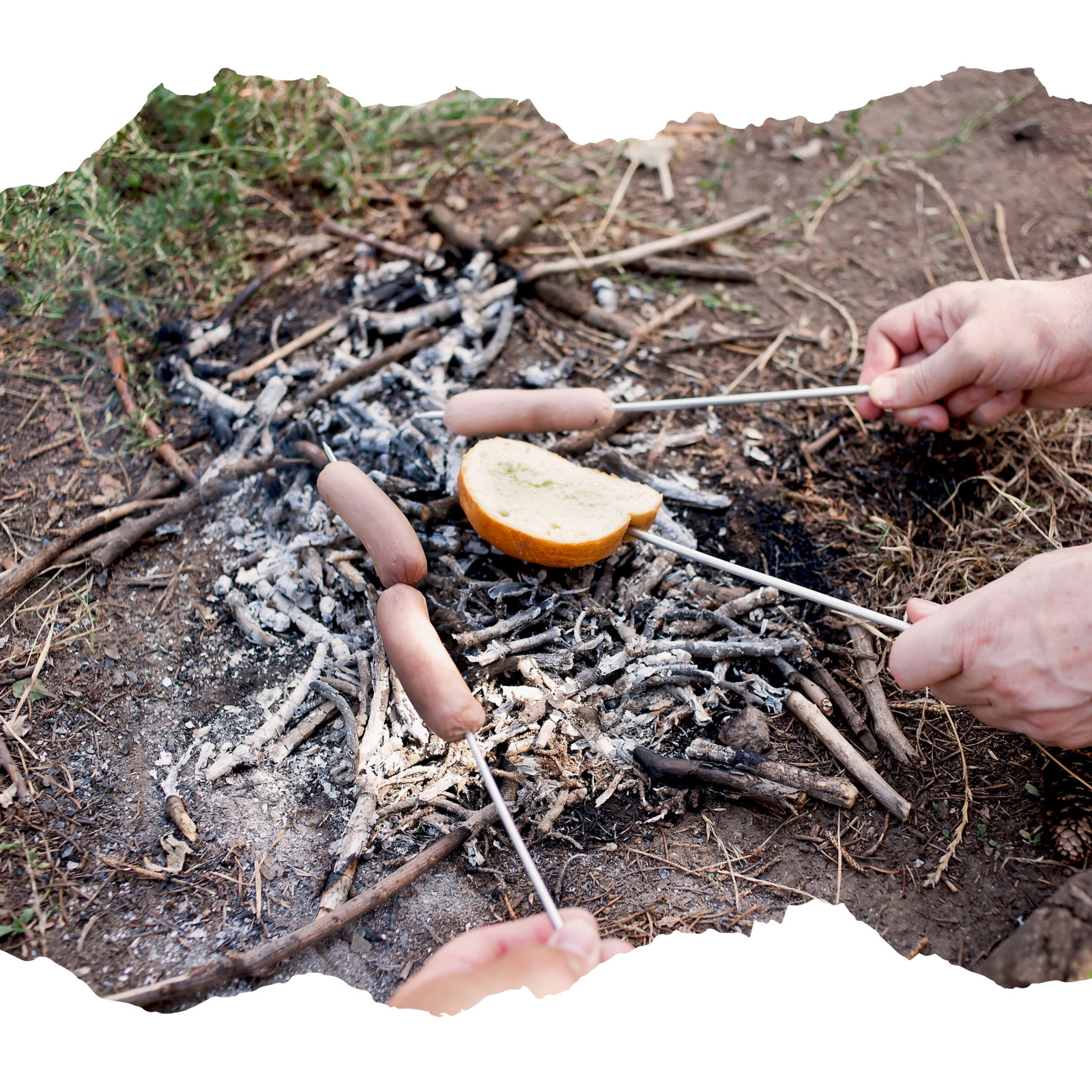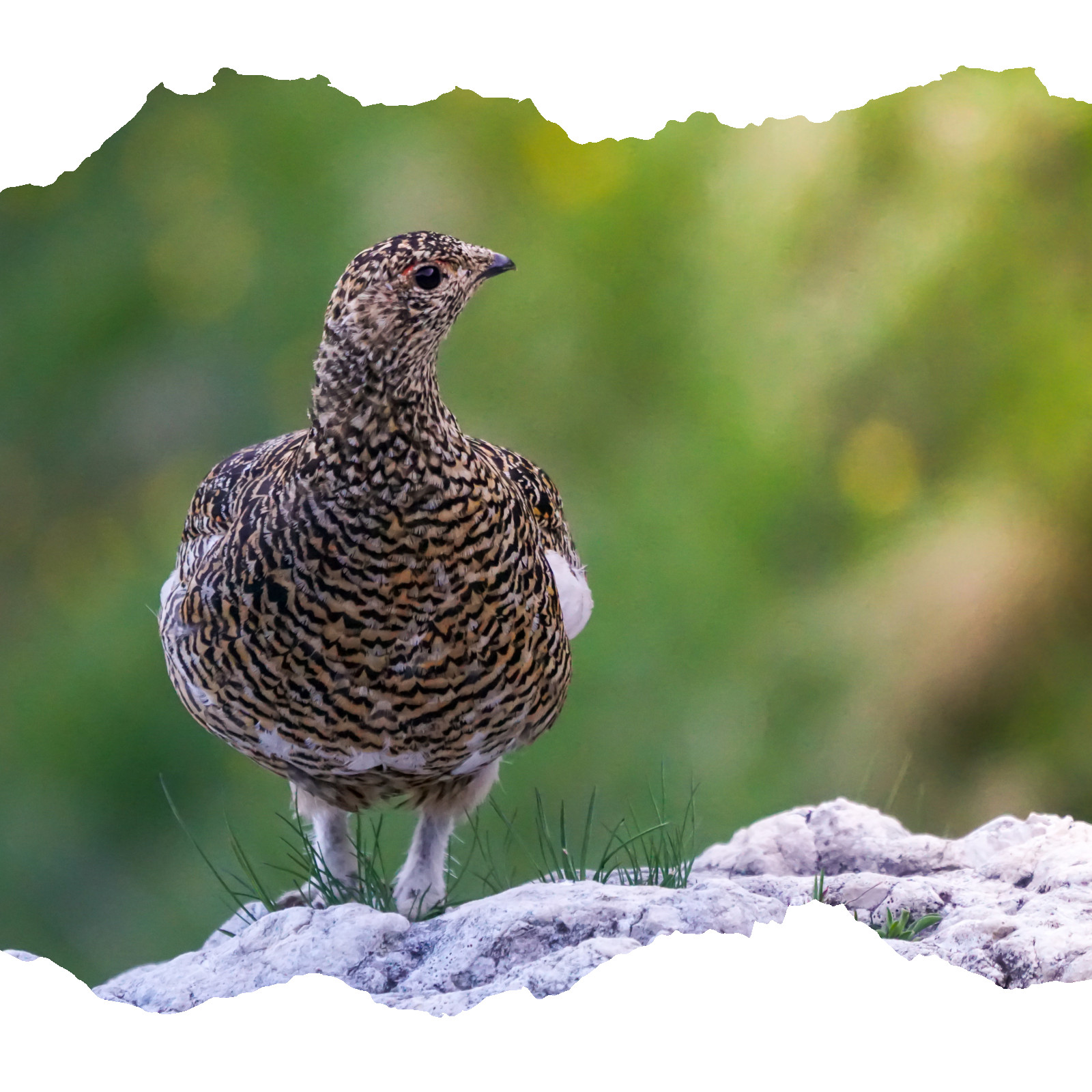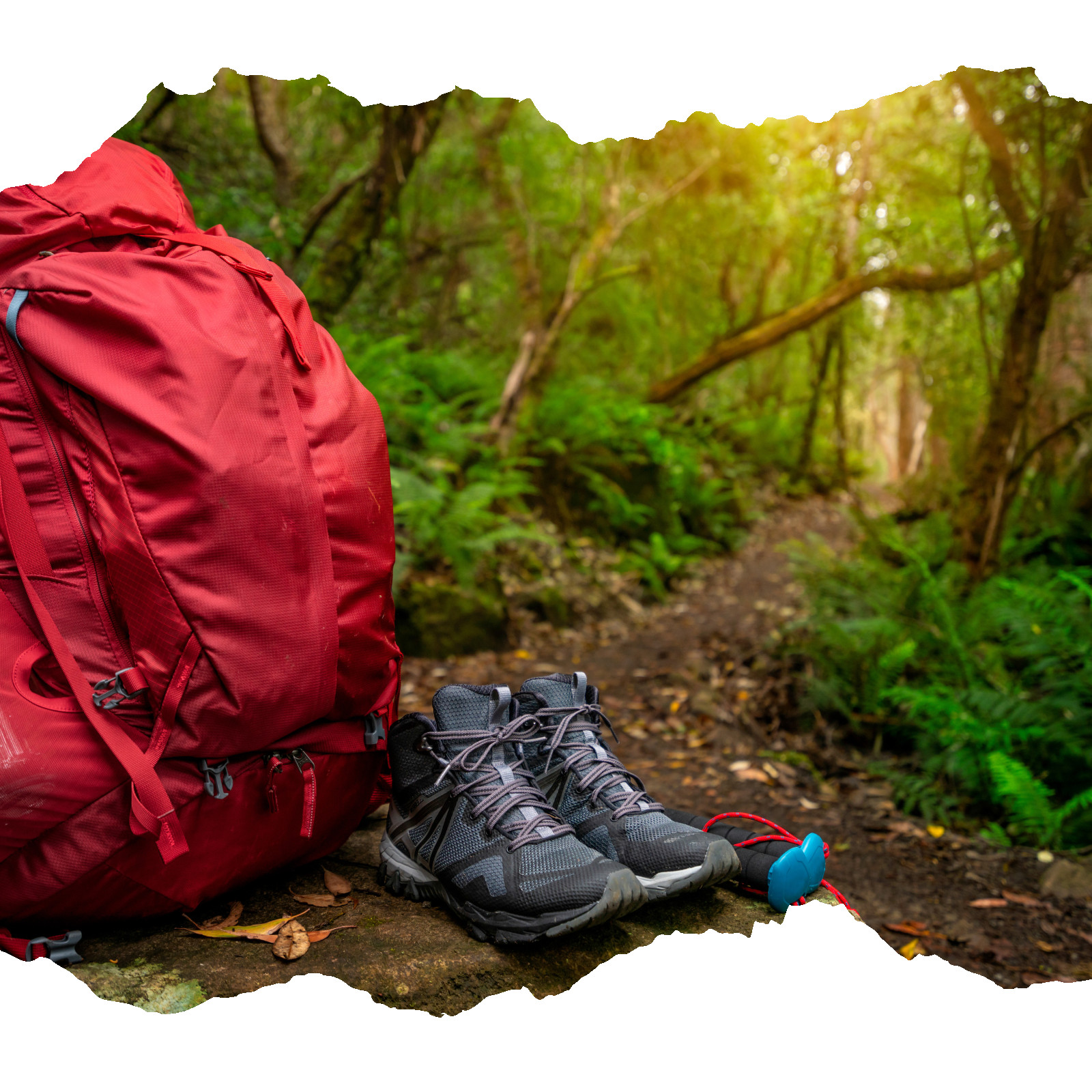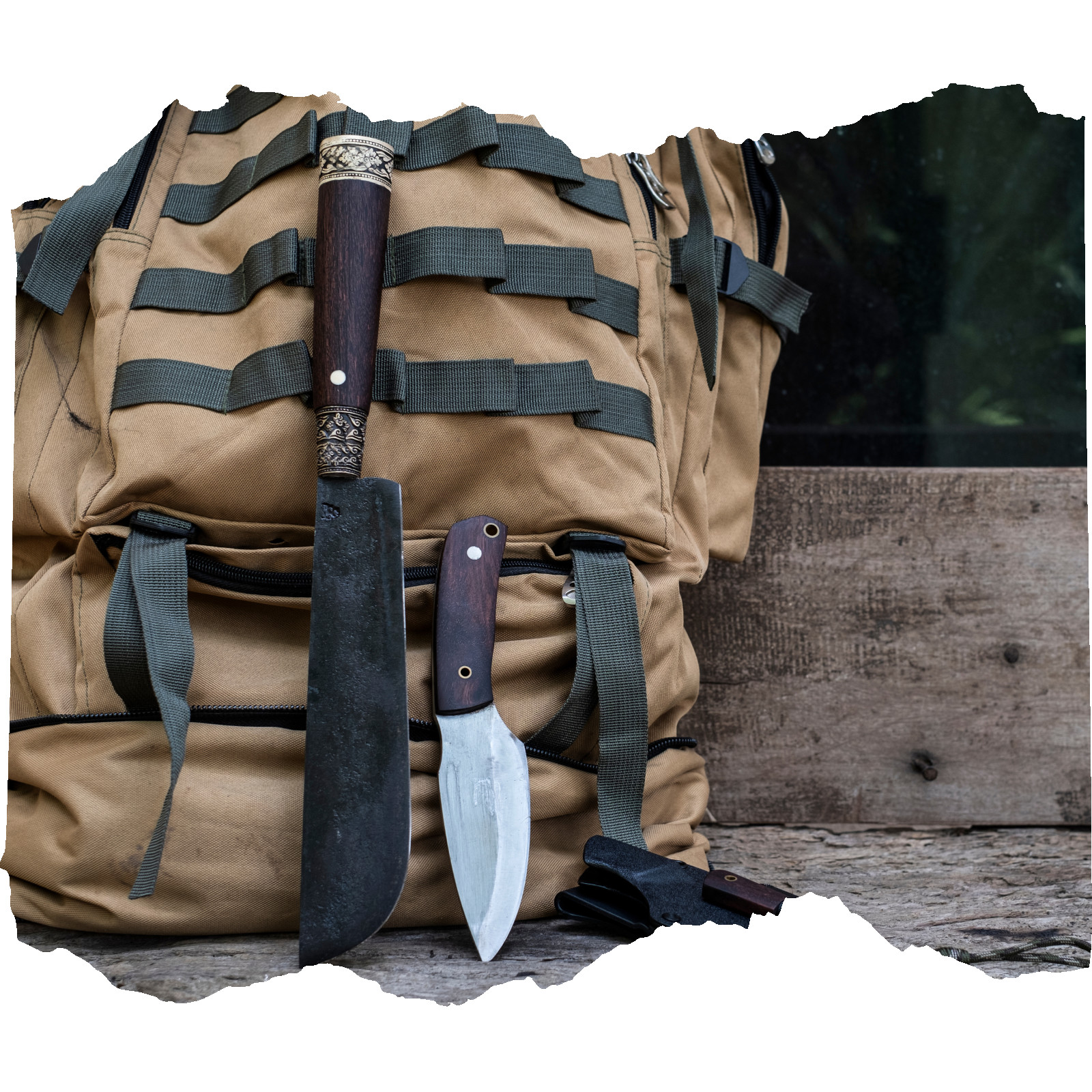
Essentials for a Bug Out Bag (BOB)
What is a BOB and When Would You Need One?
The Bag Itself
The 5 Cs
Cutting Tools
- Belt Knife
- Folding/Pocket Knife
- Axe/Hatchet
- Saw
Combustion Methods
- Flint & Steel
- Butane Lighters
- Storm Matches
- Ferro Rod and Magnifying Glass
Cover Elements
- Good Boots
- Heavy Duty Pants
- Long-Sleeved Shirt
- Hat
- Heavy Duty Tarp/Bivvy
- Wool Blanket
- Light Sleeping Bag or Thermal Blankets (Mylar)
Containers
- Stainless Steel Water Container (Single Wall) – For boiling and carrying water.
- Water Filtration System or Water Sterilization Tabs
Cordage
- 550 Cord
- Hemp Rope
- Bank Line
- Fishing Line
- Wire
The 10 Cs
- Cotton Material
- Cargo Tape
- Candling (Light Sources)
- Compass
- Canvas Repair Needle
Defense
Food & toiletries
Additional Notes
- Pack for the environment and season you will be in.
- Familiarize yourself with your equipment before leaving.
- Keep a checklist of essential items
- Be mindful of weight restrictions
- Include items to signal for help
- Practice basic survival skills
Conclusion

Discover Three Essential Ways to Safely Quench Your Thirst: The Water Purification Guide
Boiling: The Old Master's Test
The Science Behind It
Pros and Cons
Pros:
- Inexpensive: You only need a heat source, a pot, and patience.
- Effective: It's a virtually foolproof way to purify water.
Cons:
- Time-Consuming: Requires waiting for water to boil then cooling down to drinkable temperatures.
- Resource-Intensive: It demands a constant heat source that may not always be available.
Filtration: Nature's Best Engineer
The Science Behind It
Pros and Cons
Pros:
- Convenient: Portable filters can be used on-the-go.
- Reliable: Many filters meet rigorous NSF International standards for water safety.
Cons:
- Maintenance: Filters require regular cleaning and replacement to remain effective.
- Selective: Some filters, like UV filters, may not remove certain types of contaminants.
Chemical Treatment: The Portable Purifier
The Science Behind It
Pros and Cons
Pros:
- Compact: Treatments come in small, lightweight packaging.
- Rapid: Purification can sometimes be achieved in 30 minutes.
Cons:
- Taste: Iodine treatments, in particular, can leave an undesirable flavor.
- Resistance: Over time, some pathogens can develop a tolerance to certain chemicals.
The Best Method? It Depends
Conclusion: A Tale of Adaptation and Preparation
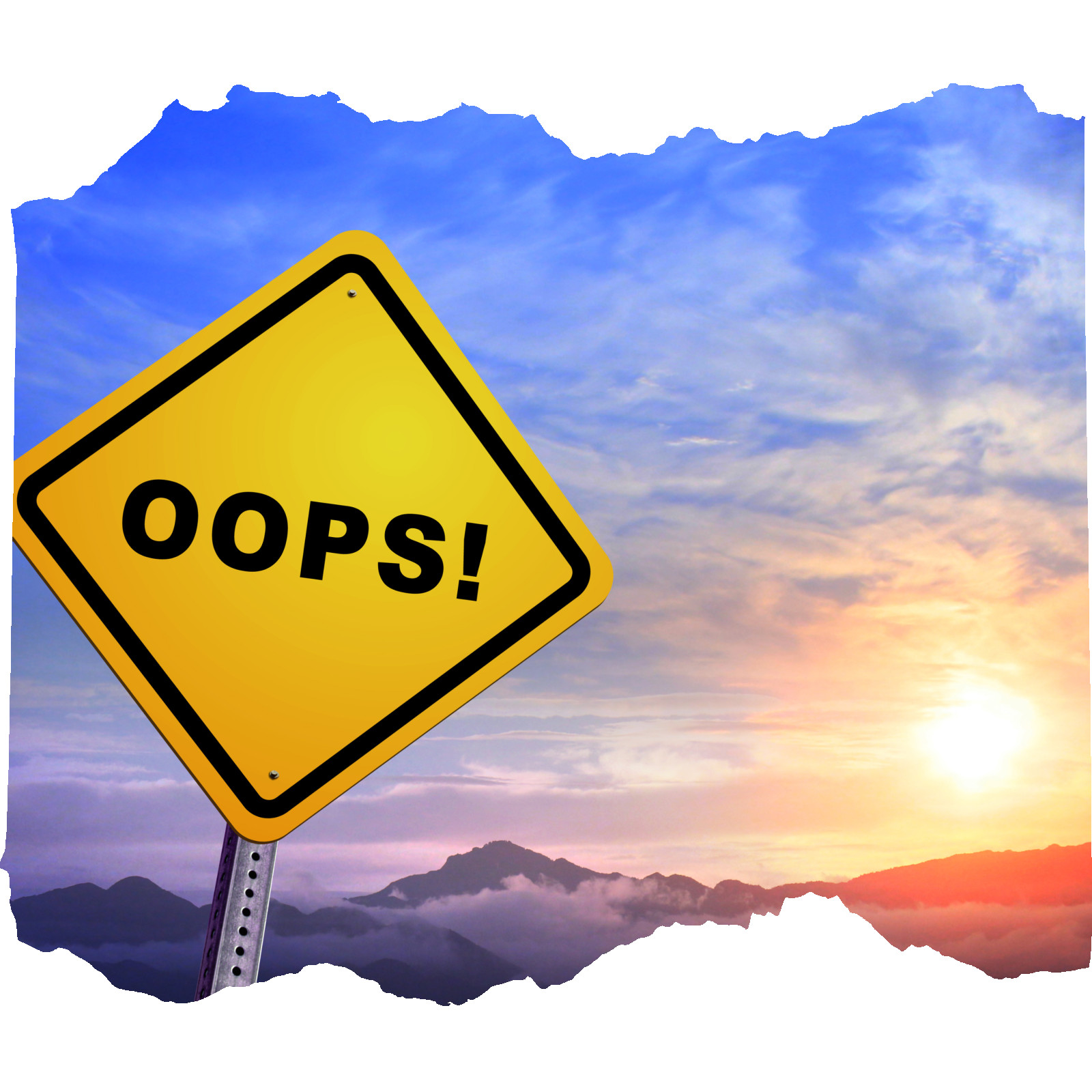
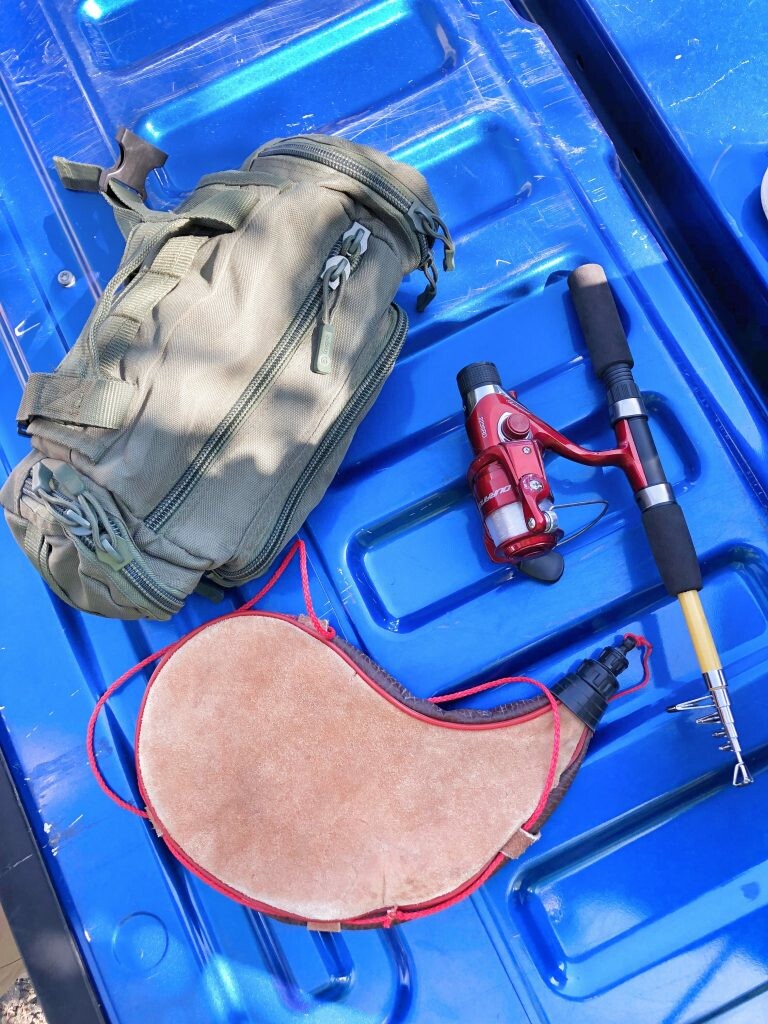
Being a former Boy Scout, and working in a very rural environment, I’ve learned to keep a basic “survival fishing kit” in my vehicle all the time. This kit doesn’t have to be large and cumbersome. In fact, the kit I keep in our truck is contained in a small fanny pack. We've all heard of EDC, here we're going to discuss the EDD (Every Day Drive) kit.
Below I’ve listed all my must-haves. Keep reading to find out!
What’s in the kit
One of the first things I put in the kit was a method of making fire. Following the “Be Prepared” mantra, I have multiple methods for starting a fire. A ferrocerium (“ferro”) rod tops the list in this area, as even wet material will succumb to the extremely hot sparks put off by this material. Amazon has an excellent assortment of ferro rods in different dimensions. I’ve found that the ¼ inch or larger rods work best, but any port in a storm as they say!
The tried and true Bic style lighter obviously has a place in the fire kit. Because let’s face it, those things last forever.
I’m a huge fan of Dave Canterbury, but on this next point he & I diverge just a bit. Old fashioned strike anywhere matches (when you can find them!) are a great method for fire starting (another Boy Scout hold over lol). Make sure that you waterproof the heads to avoid wet weather complications.
Believe it or not, there is a flint and steel kit in the fire bag as well, along with char cloth and jute.
Water and water purification methods are up next.
Stainless steel water bottles are my go-to. But if you’re just starting out or just want to keep it simple, store bought bottled water, plastic sports bottles, or a bota bag (personal fav) work fine. I keep water purification tablets in the kit in case I have to replenish with water I can’t boil first.
The food component is made up of trail mix, granola bars, pre-packaged “snack packs” (tuna, chicken, etc). Add a few tea bags & coffee pouches and you’re set.
Don’t forget the fishing gear
A small collapsible fishing rod & reel are obviously a main component, along with a good assortment of lures/bait/flies. There’s nothing wrong with a small Plano or similar compartment box to be able to expand the lures and goodies. In my kit I included a couple of the yo-yo style automatic reels. These things are great! not only will they double or triple your effort to reward (they set the hook) but you can also use them for triggers in light snares.
For a shelter component, I threw a couple of emergency space blankets (mylar) in, along with some 550 cord.
A small folding knife and a small flashlight round out the basic kit.
Ready for anything
I’m sure you’ve noticed it ain't all strictly fishing. The point is to not completely limit yourself, be ready for a multitude of potentials. Different situations, different kits!
Hope you find this useful! Feel free to comment with any questions and I’ll get back to you ASAP!
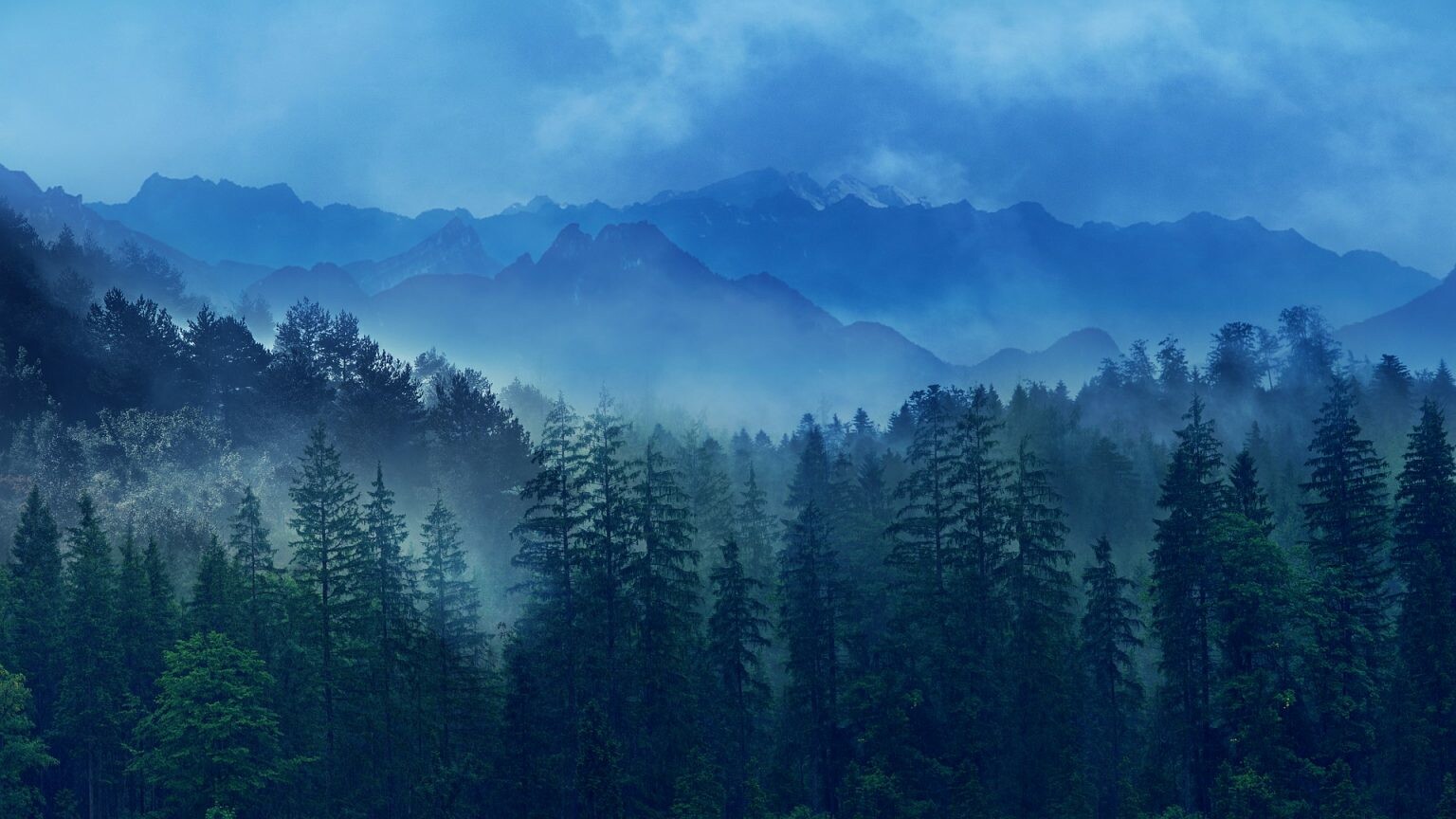
One of the running themes in our blogs is preparedness. Today I want to share a real life event with you and talk about the importance of a prepared mindset.
I’m not putting anyone on blast, not my point.
Deer season. A perfect time to get out into the woods and fields, reconnect with nature and maybe find yourself again in the process. Even people who have recently moved from more urban areas partake in a time honored tradition.
A call goes out to area entities that there is a lost/stranded hunter. It’s not any kind of desolate area, but rugged terrain. Did I mention that this call for help came in at about 8:30pm? And it’s snowing. Not heavily at first, but anybody around here that has been around awhile knows that early snow storms can get nasty, quickly.
Phone contact is made with the individual. He is able to provide a general area he was hunting in when he became “lost”. Party states he has 2% battery left on his smart phone. Ugggh.
Party is able to tell exactly where he departed from, direction he travelled, even has a very good idea of where he is in the land unit.
Party states he is cold & wet, has no way to get out of the now heavy snow or get warm. Part conveys that he has no food or water supplies.
Long story short, after an approximate 5hr effort, our lost individual is located on a little used access road that is deeply covered in thick, wet snow. Exhausted & near hypothermic, he is brought down off the mountain and is more than a little agitated that it took so long to be “rescued”.
Let’s break this down, you decide where the mistakes were made.
- Individual moved to the very rural area from a dense urban environment, hunting with a group of work buddies.
- Individual broke off from the group, went hunting alone, separate from the others.
- Even though it was Fall in the Rocky Mountains, individual was not dressed/equipped for inclement weather.
- Individual did not have any snacks or water supply.
- Individual did not have map of the area, no compass.
- Individual did have a smart phone (GPS, compass equipped) but the device was low on power.
- Individual did not have any method for making fire, no tools for making a quick shelter.
- Individual did hear the shots of other hunters/searchers looking for him, but had fired off ALL of his ammunition in initial attempts to respond.
My solution synopsis:
If you are going out into the woods with friends, STAY TOGETHER! If, for whatever reason, you are alone, make sure that someone back in civilization knows your itinerary (stick to it).
EDC. Every Day Carry. I’m not necessarily talking about your sidearm and knife. If you are out & about, and there is a possibility you may get stranded or separated from your vehicle/equipment, there are a few basic things you should ALWAYS have with you (knife, ferro rod/lighter, water).
- Knife – a quality knife is a must. However, better something than nothing.
- Ferro rod/lighter/stick matches – a ferro rod is a valuable commodity, but one you need to learn to use. Anyone can learn to use a Bic lighter.
- Water – you can only live 3 days without water.
- Shelter/survival blanket/reflector
Technology is a great thing, but is designed to fail. Most smart phones have functions for GPS/compass, or you can download an app. LEARN HOW TO USE THEM! If you are going to rely on this type of tech, make sure you have the device charged or the means to charge it in the field. (solar chargers are great) A basic nav compass (like $8) never needs charging, and are simple to use.
Follow your animal instincts. Get out of the weather, however you can. This individual actually fell asleep (early stage hypothermia) out in the storm, furthering his heat loss. Learn some basic survival skills (STOP= Stay put, Think, Organize, Plan).
Never use all of your ammunition in attempting to signal others. You might very well need to use it in obtaining food in the event it takes a while to get to you.
Hit me with your thoughts……..
*We will receive a small commission when you buy through the links found in our blogs. FYI, it doesn’t cost you anything extra, but it does help fund our site.


